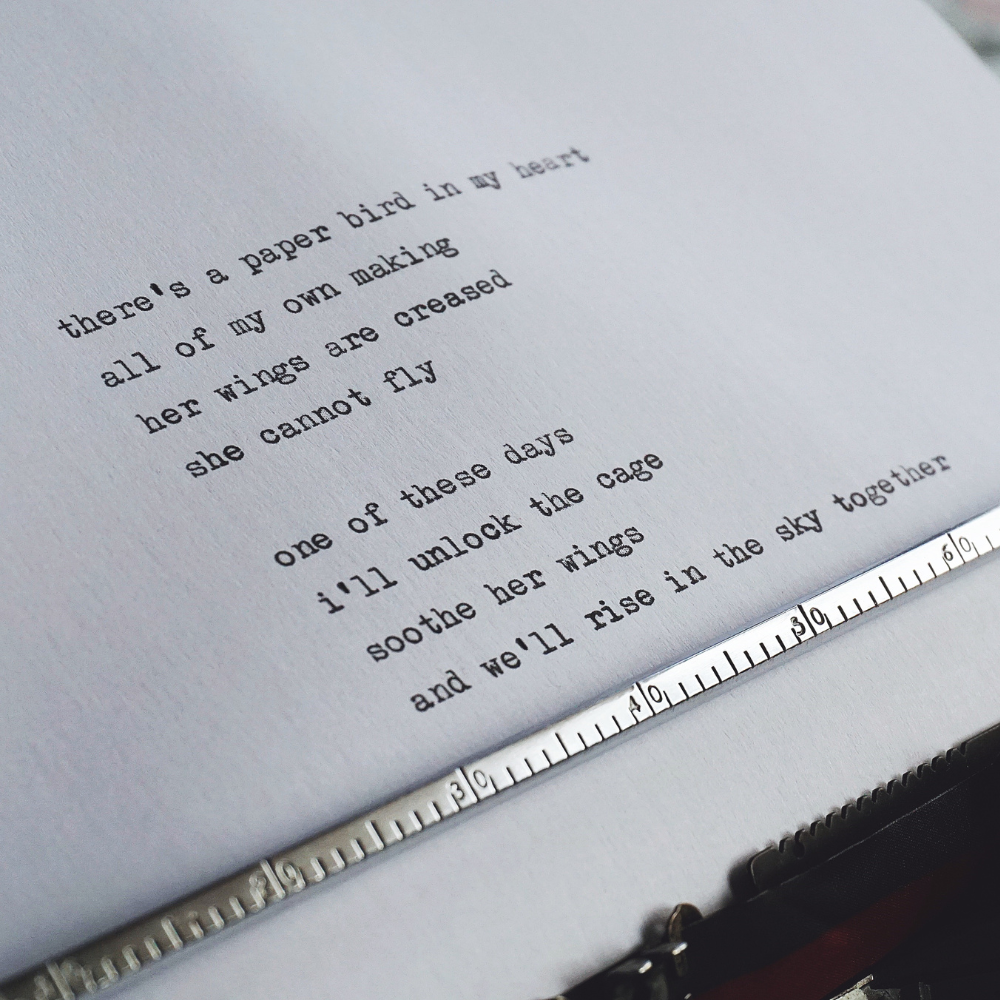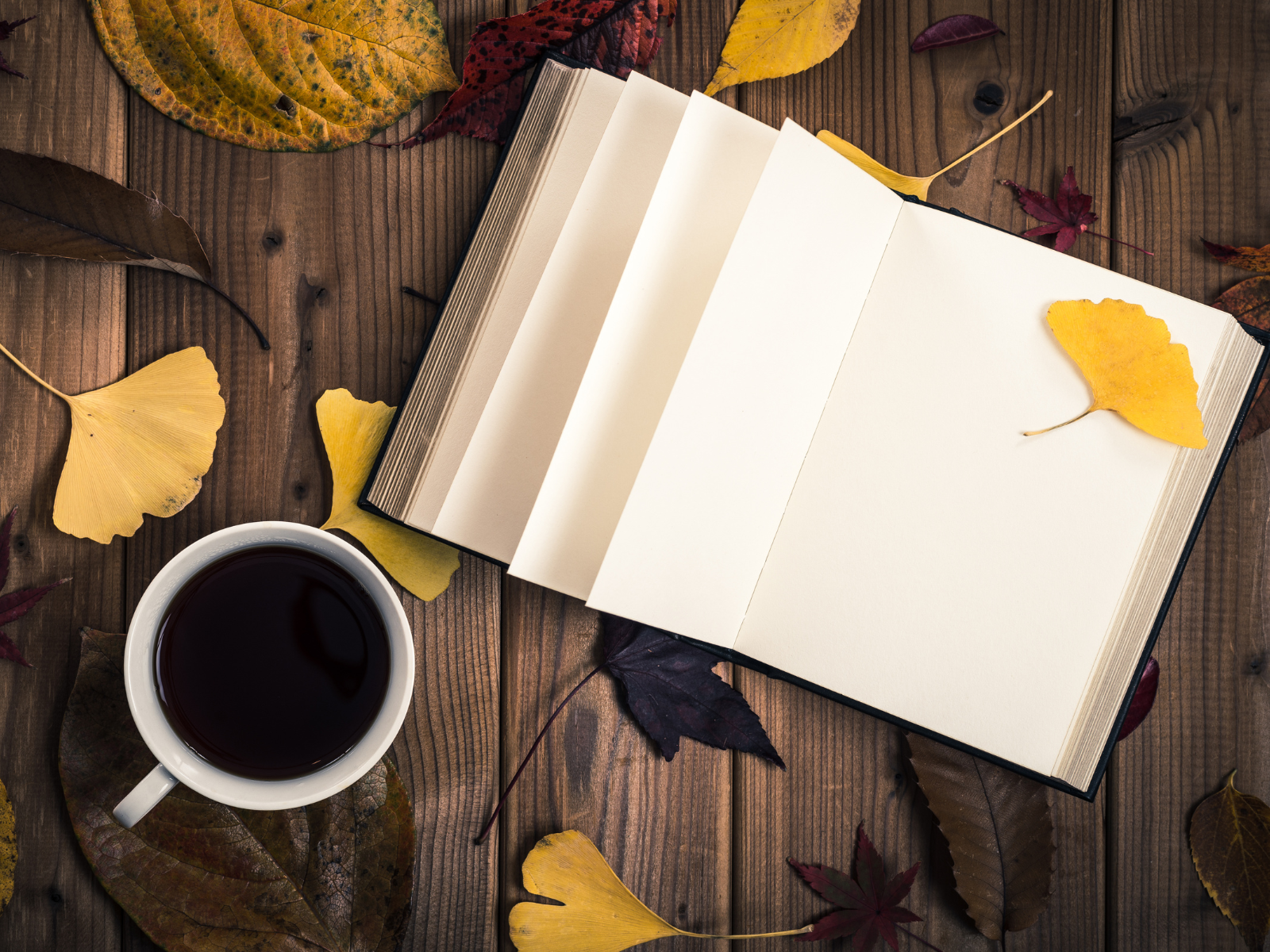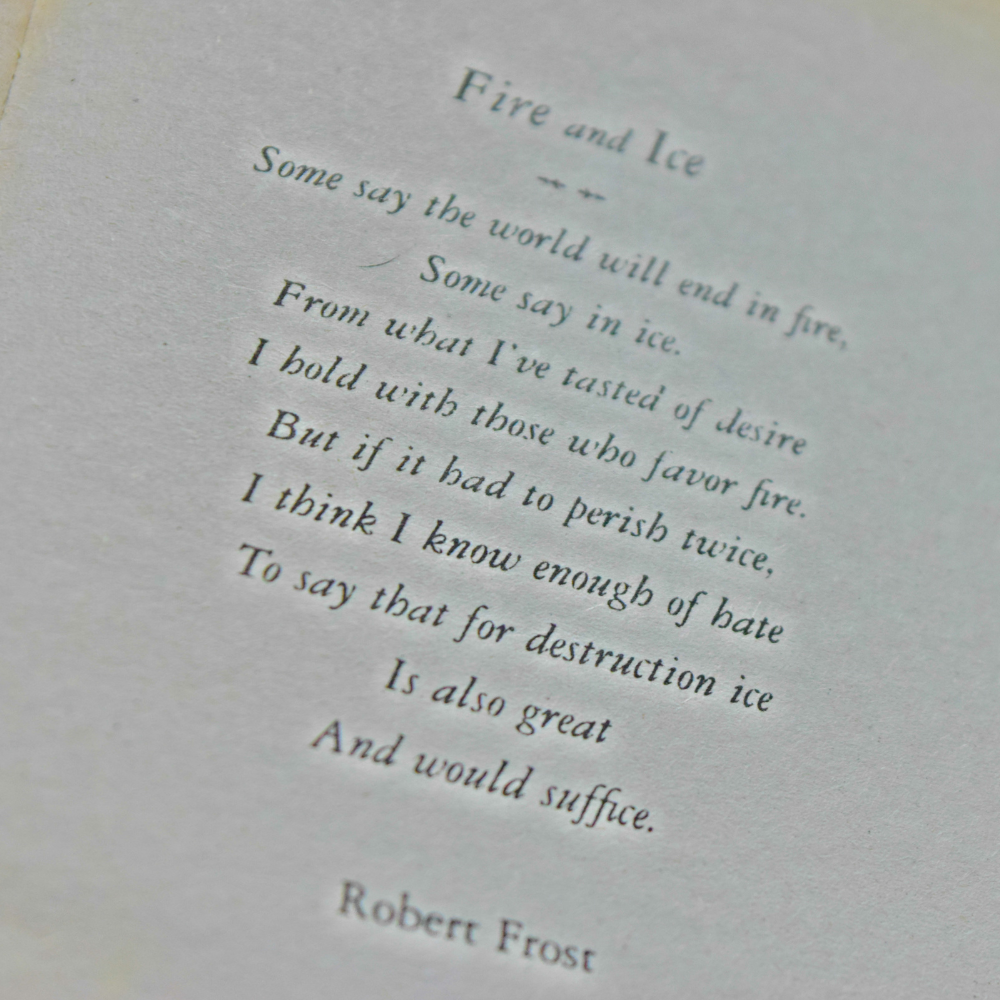Poetry is the art of painting with words, a unique form of creative writing that offers endless possibilities for expression.
Whether you’re a novice poet dipping your toes into the world of verse or a seasoned wordsmith looking to refine your craft, understanding the visual and structural elements of poetry can elevate your work to new heights.
This article will explore the intricacies of poetry’s appearance, from the significance of line and stanza breaks to the strategic use of literary devices and diverse poetic forms.
Consider the impact of a concrete poem, where the arrangement of words on the page creates a visual representation that enhances the poem's meaning and emotion.
Let’s embark on this journey to discover what makes poetry not just read beautifully, but look stunning too.
Key Takeaways:
- Poetry can take many forms, from free verse to strictly structured poems.
- The use of line breaks, stanza breaks, and white space is crucial in shaping a poem.
- Understanding poetic elements and literary devices enhances the writing process.
- Write poems by focusing on personal expression and creativity. Experiment with different styles and let your thoughts and emotions flow freely without worrying about strict rules.

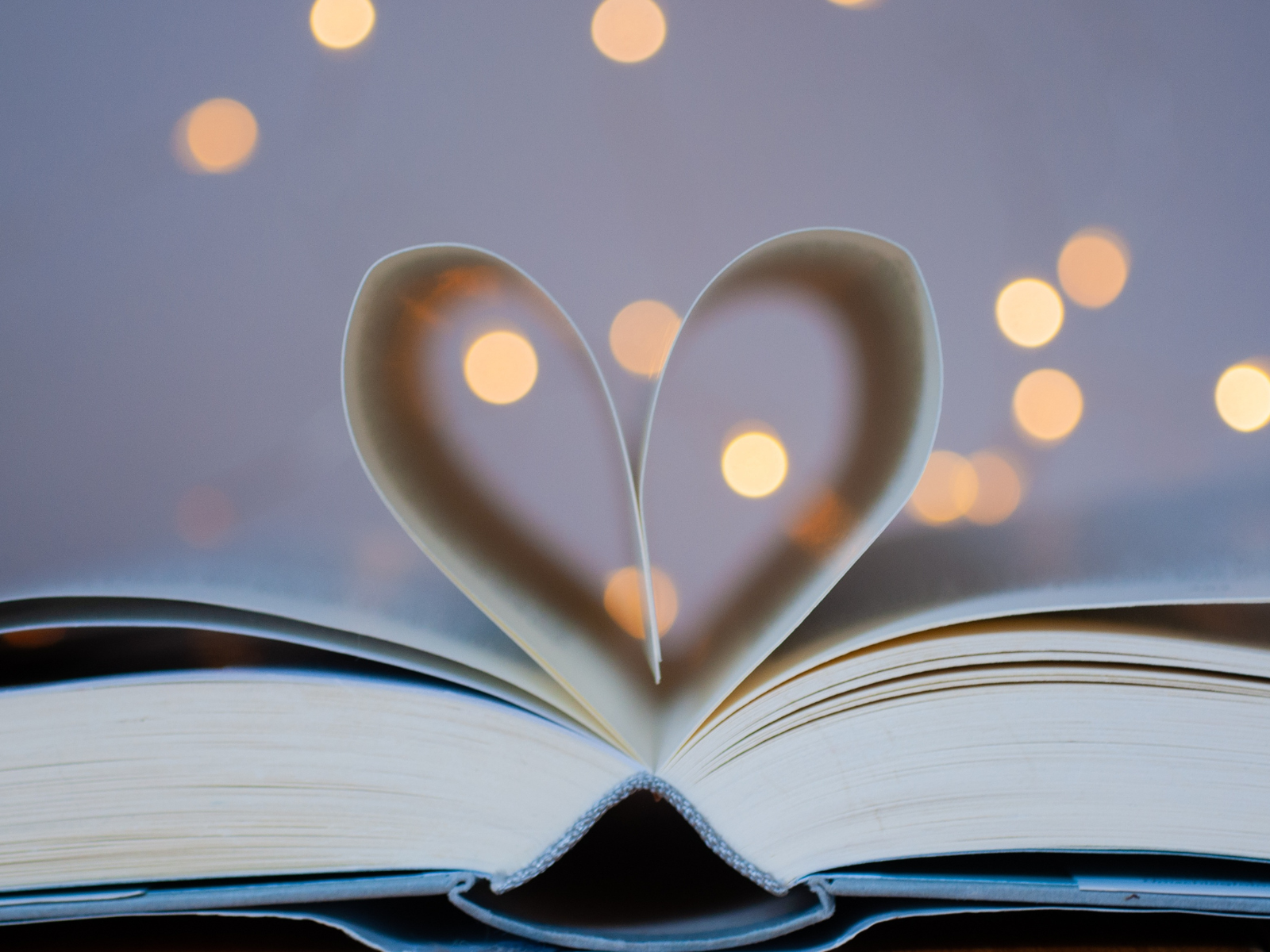
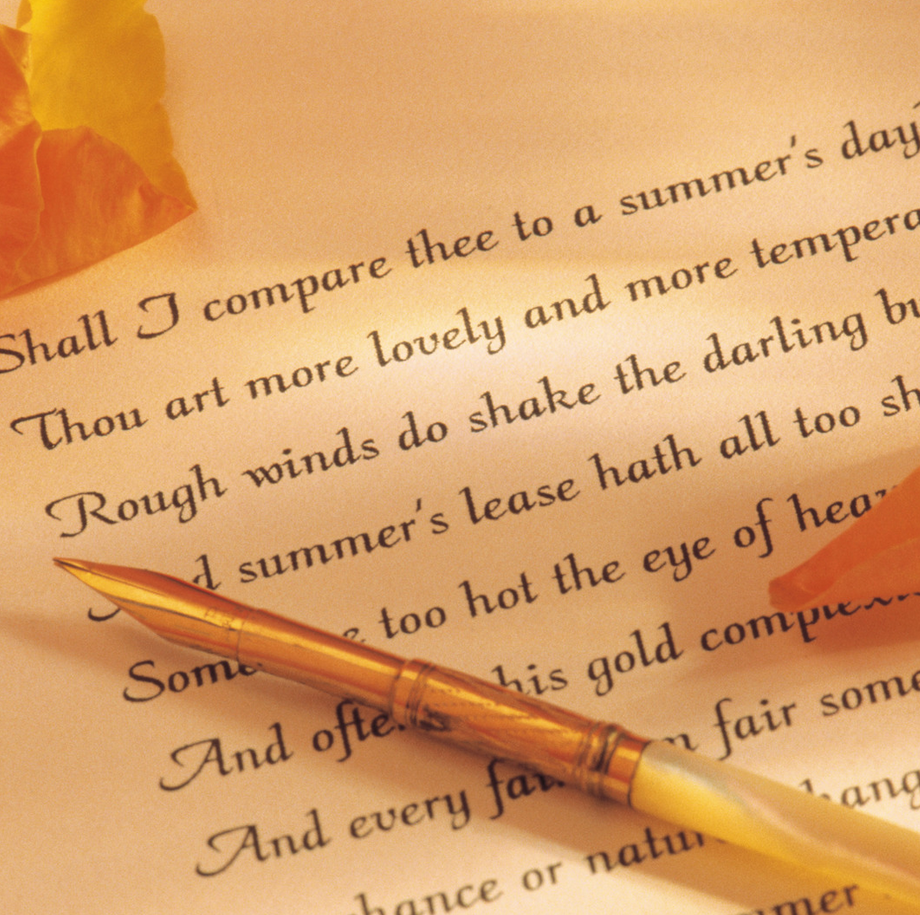
Importance of Line Breaks
Line breaks are one of the most critical elements in poetry.
They can change the rhythm, pace, and meaning of a poem.
For instance, a line break can create a pause that emphasizes a particular word or phrase, adding depth to the poem.
In free verse poetry, line breaks are often used to create a conversational tone, making the poem feel more like natural speech.
In a strictly structured poem, line breaks follow specific rules that are essential to the form and structure.
For example, in a sonnet, each line typically follows a pattern of stressed and unstressed syllables, known as iambic pentameter.
This structure gives the poem a musical quality, making it pleasing to the ear.
Understanding how to use line breaks effectively can significantly enhance your poetry.
Stanza Breaks and White Space
Stanza breaks are another essential aspect of poetry.
They can signify a shift in tone, subject, or perspective.
For example, a stanza break might indicate a change from describing a scene to reflecting on its emotional impact.
The use of white space around stanzas can also affect how a poem is read and interpreted.
White space can create a sense of isolation or emphasis, drawing the reader's attention to specific lines or words.
In modern poetry, white space is often used creatively to shape the poem on the page, making it a visual as well as a literary experience.
Understanding how to use stanza breaks and white space can add layers of meaning to your poetry.
Role of Literary Devices
Literary devices are tools that poets use to enhance their writing.
These include metaphor, simile, alliteration, and onomatopoeia, among others.
For example, a metaphor can create a vivid image in the reader's mind, while alliteration can add a musical quality to the poem.
Using these devices effectively can make your poetry more engaging and memorable.
Figurative language is another crucial element in poetry.
It allows poets to express complex ideas and emotions in a condensed form.
For instance, a single metaphor can convey a wealth of meaning that would take several sentences to explain in prose.
Understanding how to use literary devices and figurative language can elevate your poetry to new heights.
Different Poetic Forms
There are many different forms of poetry, each with its own rules and conventions.
Traditional forms like sonnets and haikus have specific structures that poets must follow.
For example, a sonnet typically consists of 14 lines written in iambic pentameter, while a haiku has three lines with a syllable pattern of 5-7-5.
Modern poetry often breaks away from these traditional forms, allowing for more freedom and experimentation.
Free verse poetry, for example, does not follow a specific structure, giving poets the freedom to write in a way that feels natural to them.
Understanding the different forms of poetry can help you choose the right form for your ideas.
Writing Process
The writing process for poetry can vary from poet to poet.
Some poets start with a specific idea or image and build their poem around it, while others begin with a line or phrase and see where it takes them.
The key is to find a process that works for you and allows you to express your ideas effectively.
It's important to develop your own writing process, exploring different methods to discover what best enhances your creativity.
Revising and editing are also crucial parts of the writing process.
Many poets find that their best work comes from multiple drafts and revisions.
Reading your poem aloud can help you catch awkward phrasing or rhythm issues.
Sharing your work with other writers can also provide valuable feedback and help you improve your poetry.
Use of Rhythm and Meter
Rhythm and meter are essential elements of poetry.
They give the poem a musical quality and can affect how it is read and interpreted.
For example, iambic pentameter, which consists of five pairs of stressed and unstressed syllables, is a common meter in English poetry.
It creates a rhythmic pattern that is pleasing to the ear.
Other meters, like trochaic or anapestic, can create different effects.
For instance, trochaic meter, which consists of a stressed syllable followed by an unstressed one, can create a more forceful and emphatic rhythm.
Understanding how to use rhythm and meter can add depth and complexity to your poetry.
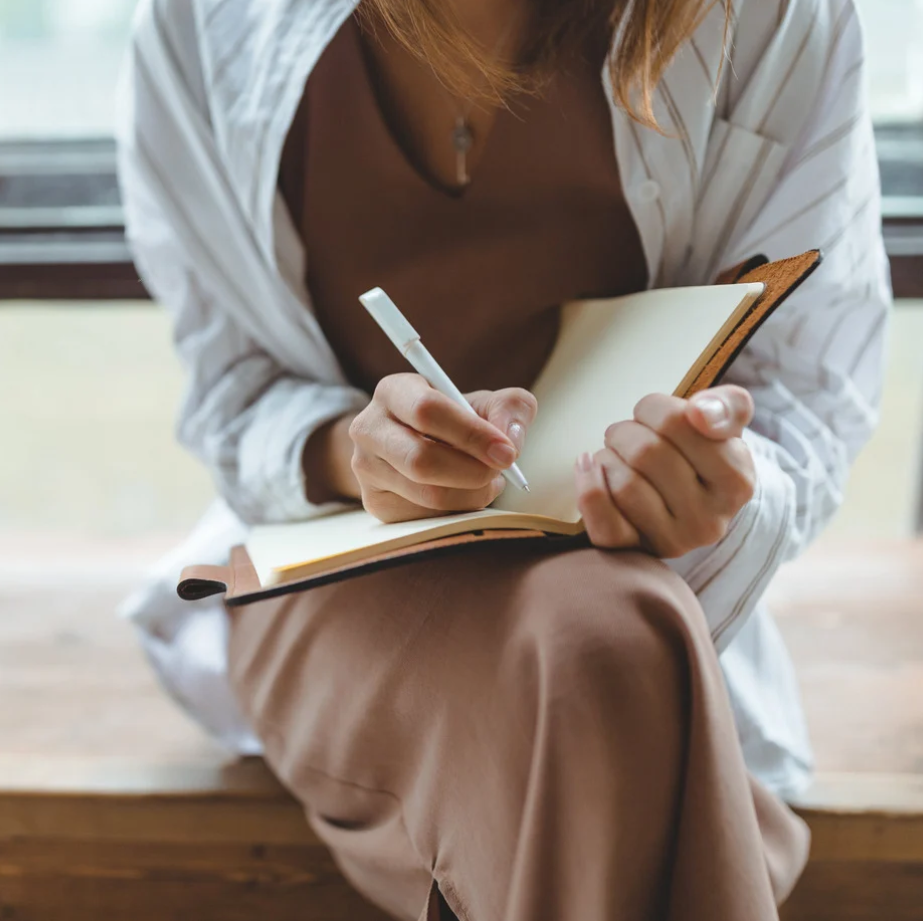
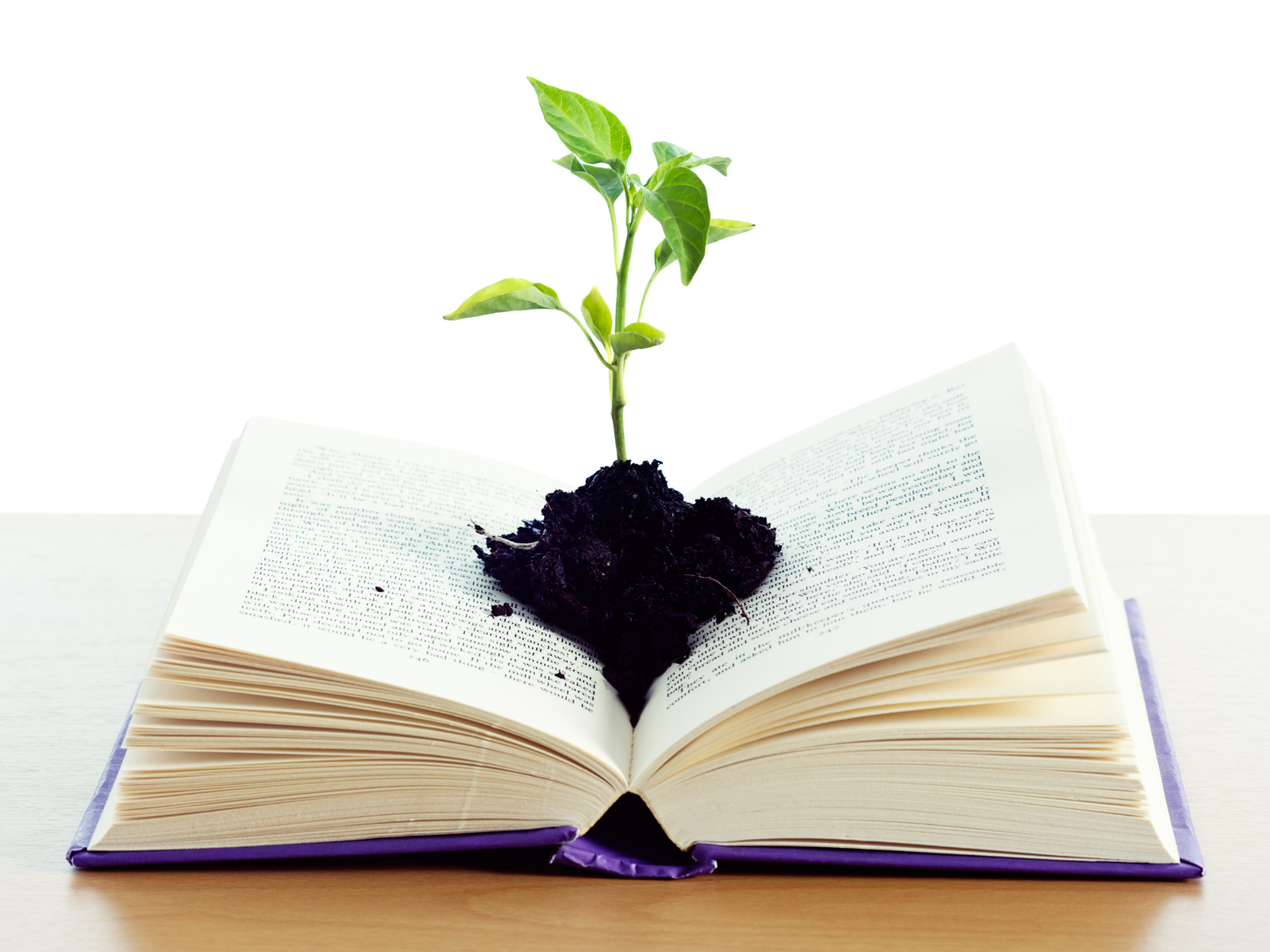
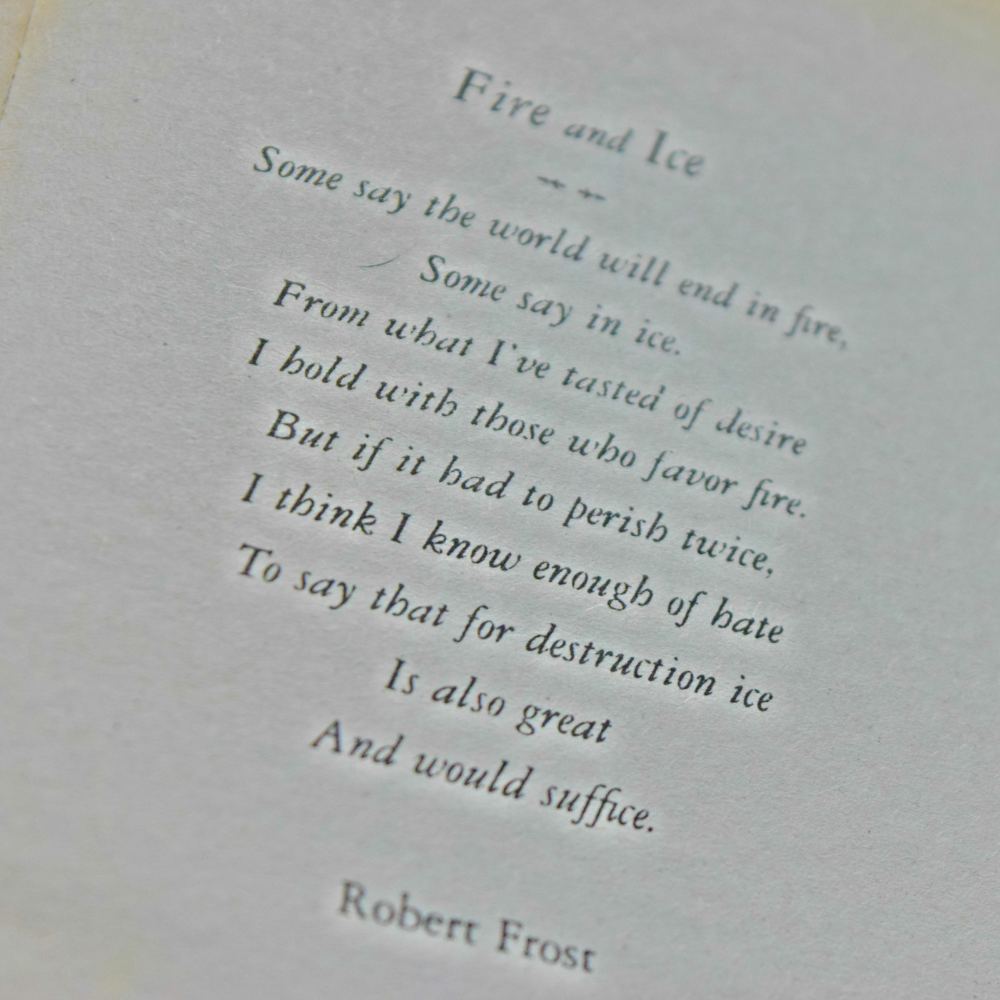
Impact of Word Choice
Word choice is crucial in poetry.
The right words can create vivid images, evoke strong emotions, and convey complex ideas.
For example, choosing a specific word like "azure" instead of "blue" can create a more precise and evocative image.
Similarly, using a word with multiple meanings can add layers of meaning to your poem.
Many poets spend a lot of time choosing the right words for their poems.
They might use a thesaurus to find synonyms or experiment with different words to see which ones work best.
Understanding the impact of word choice can help you create more powerful and effective poetry.
Role of Imagery
Imagery is a vital element of poetry.
It allows poets to create vivid pictures in the reader's mind, making the poem more engaging and memorable.
For example, describing a sunset as "a blaze of orange and pink" can create a more vivid image than simply saying "the sun set."
Imagery can also evoke emotions and create a mood.
For instance, describing a stormy sea can create a sense of turmoil and danger, while describing a calm lake can create a sense of peace and tranquility.
Understanding how to use imagery effectively can enhance your poetry and make it more impactful.
Use of Symbolism
Symbolism is another powerful tool in poetry.
It allows poets to convey complex ideas and emotions through symbols.
For example, a rose might symbolize love, while a storm might symbolize conflict or turmoil.
Using symbols can add depth and layers of meaning to your poetry. Unlike writing a short story or other types of prose, poetry requires impacting the reader in a condensed manner, making it feel like the wildcard of creative writing.
Many poets use symbols to convey themes or messages in their work.
For instance, the Romantic poets often used nature symbols to convey their ideas about beauty and the sublime.
Understanding how to use symbolism can help you create more meaningful and thought-provoking poetry.
Role of Emotion
Emotion is a crucial element of poetry.
It allows poets to connect with their readers on a deeper level.
For example, a poem that expresses feelings of love, loss, or joy can resonate with readers and evoke similar emotions in them.
Using emotion effectively can make your poetry more powerful and impactful.
Many poets draw on their own experiences and emotions when writing poetry.
They might write about personal experiences or use their feelings as inspiration for their work.
Understanding how to use emotion in your poetry can help you create more engaging and relatable poems.
Use of Structure
Structure is an essential aspect of poetry. It can affect how a poem is read and interpreted.
For example, a poem with a strict rhyme scheme and meter can create a sense of order and harmony, while a free verse poem can create a more conversational and natural tone.
Understanding how to use structure effectively can enhance your poetry.
Many poets experiment with different structures to find the one that best suits their ideas.
They might use traditional forms like sonnets or haikus, or they might create their own unique structures.
Understanding the role of structure in poetry can help you create more effective and impactful poems.
Role of Sound
Sound is a crucial element of poetry.
It can affect how a poem is read and interpreted.
For example, alliteration, which is the repetition of consonant sounds, can create a musical quality and add emphasis to certain words or phrases.
Similarly, onomatopoeia, which is the use of words that imitate sounds, can create a more vivid and engaging poem.
Many poets use sound to enhance their poetry.
They might experiment with different sounds and rhythms to create a more musical and engaging poem.
Understanding how to use sound effectively can add depth and complexity to your poetry.
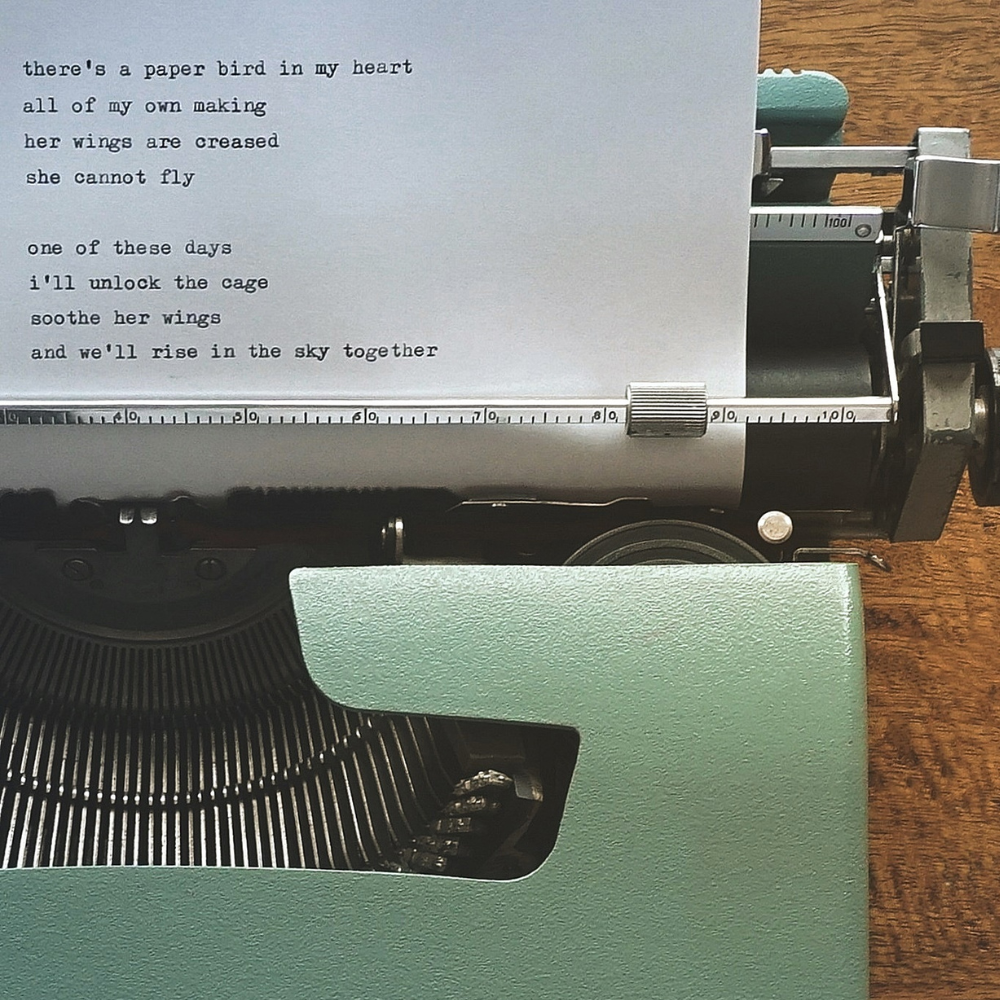
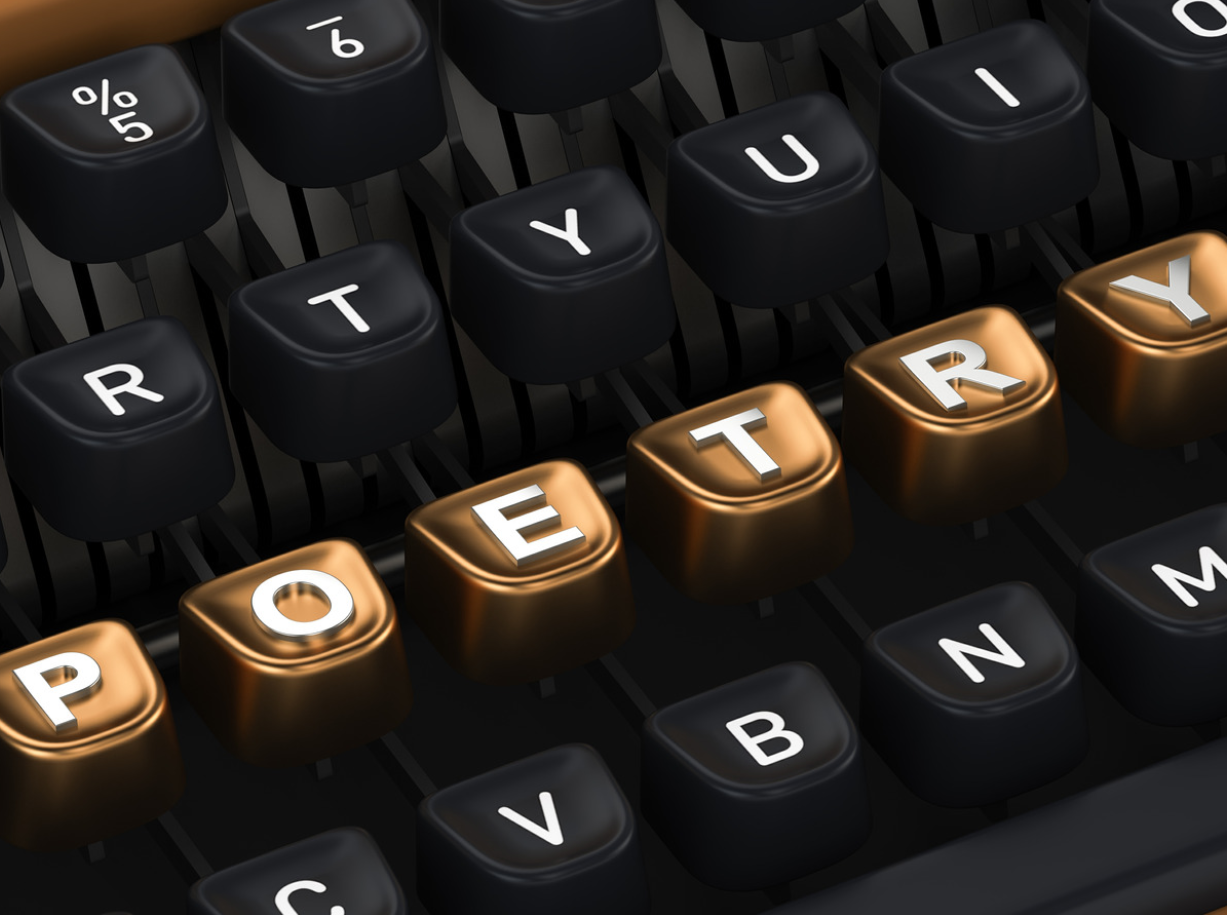
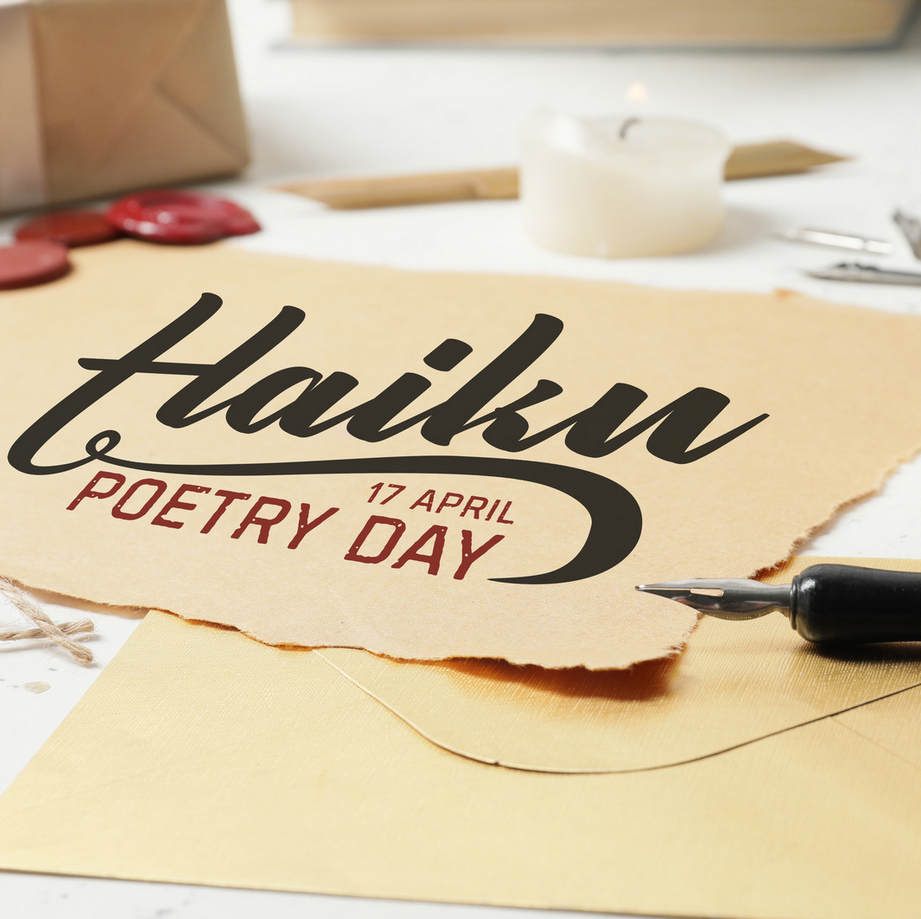
Use of Form
Form is an essential aspect of poetry.
It can affect how a poem is read and interpreted.
For example, a sonnet, which has a specific structure and rhyme scheme, can create a sense of order and harmony, while a free verse poem can create a more conversational and natural tone.
Understanding how to use form effectively can enhance your poetry.
Many poets experiment with different forms to find the one that best suits their ideas.
They might use traditional forms like sonnets or haikus, or they might create their own unique forms.
Understanding the role of form in poetry can help you create more effective and impactful poems.
Role of Theme
Theme is a crucial element of poetry.
It is the underlying message or idea that the poem conveys.
For example, a poem might explore themes of love, loss, or nature.
Understanding how to use theme effectively can add depth and meaning to your poetry.
Many poets use themes to convey their ideas and messages.
They might use symbols, imagery, and other literary devices to explore their themes.
Understanding the role of theme in poetry can help you create more meaningful and thought-provoking poems.
Use of Tone
Tone is an essential aspect of poetry.
It is the attitude or mood that the poem conveys.
For example, a poem might have a serious, humorous, or melancholic tone.
Understanding how to use tone effectively can enhance your poetry and make it more engaging.
Many poets use tone to convey their emotions and ideas.
They might experiment with different tones to find the one that best suits their poem.
Understanding the role of tone in poetry can help you create more effective and impactful poems.
Role of Perspective
Perspective is a crucial element of poetry.
It is the point of view from which the poem is written.
For example, a poem might be written from the perspective of the poet, a character, or an omniscient narrator.
Understanding how to use perspective effectively can add depth and complexity to your poetry.
Many poets experiment with different perspectives to find the one that best suits their ideas.
They might write from their own perspective or create a fictional narrator.
Understanding the role of perspective in poetry can help you create more engaging and thought-provoking poems.
Use of Voice
Voice is an essential aspect of poetry.
It is the unique style and personality that the poet brings to their work.
For example, a poet might have a distinctive voice that is characterized by a particular tone, rhythm, or use of language.
Understanding how to develop your voice can enhance your poetry and make it more unique.
Many poets spend a lot of time developing their voice.
They might experiment with different styles and techniques to find their unique voice.
Understanding the role of voice in poetry can help you create more distinctive and memorable poems.
Unleash Your Inner Poet: Verses That Captivate
Poetry is more than just words on a page; it’s an art form that breathes life into your thoughts and emotions.
By mastering the elements of poetry—from the strategic use of line and stanza breaks to the nuanced application of literary devices and diverse poetic forms—you can transform your verses into compelling masterpieces.
Whether you prefer the freedom of free verse or the discipline of structured poems, the key lies in discovering the style that resonates with your unique voice.
So, pick up your pen and let your creativity flow, crafting poems that not only express but also captivate.
Embrace the journey of writing poems, allowing your personal experiences and emotions to shape your work.
Write poetry with an open heart, experimenting with different forms and styles to find what truly inspires you.
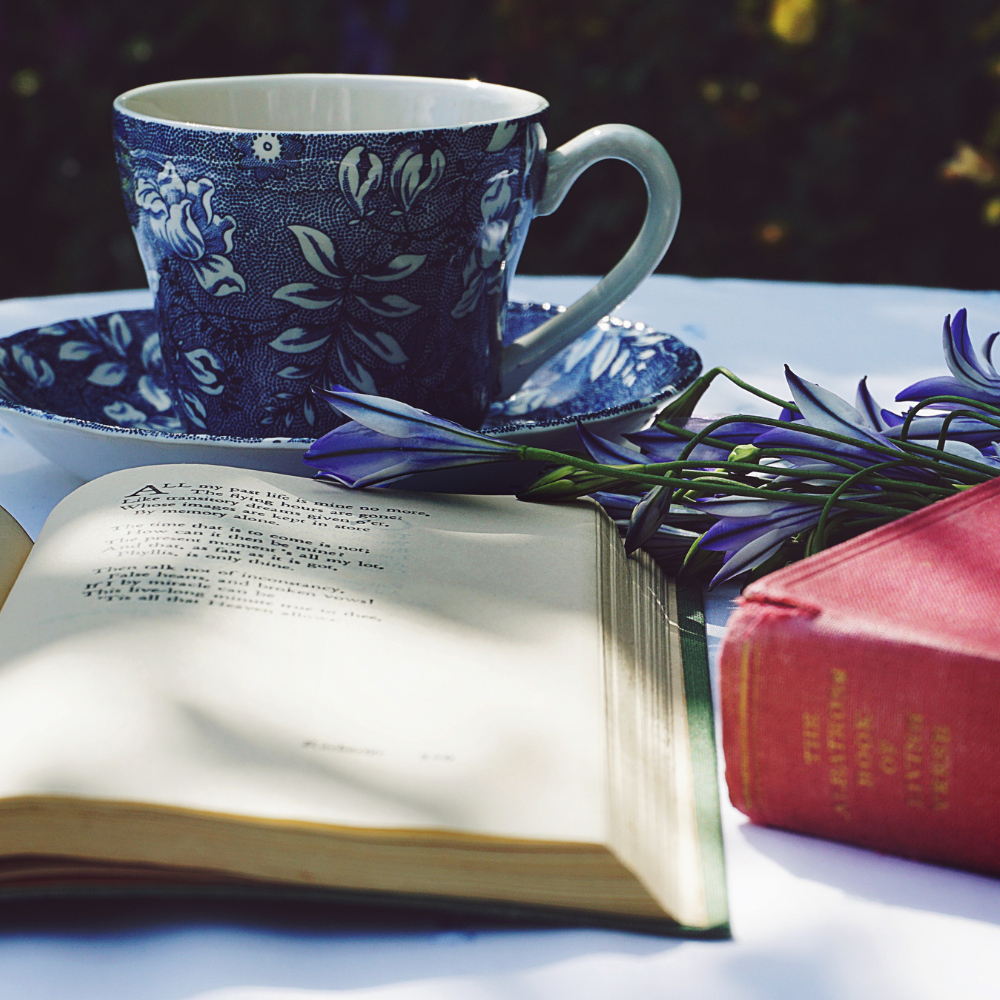
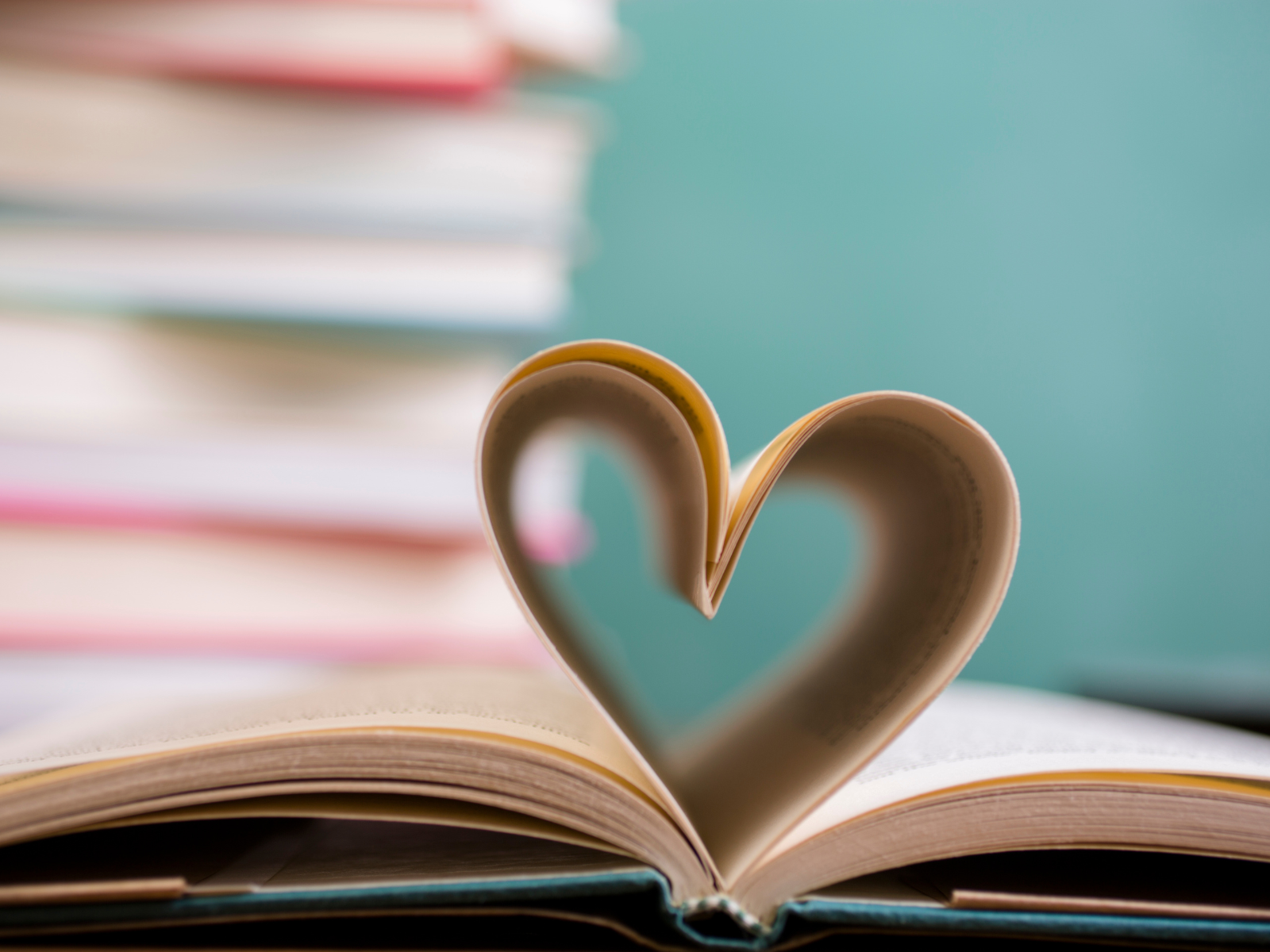

Poetry FAQs
Are you ready to dive into the enchanting world of poetry?
Whether you're a budding poet or a seasoned wordsmith, this section is here to answer all your burning questions.
From understanding the essential elements that make a poem sing to tips on honing your craft, we've got you covered.
Let's explore the magic of poetry together!
What are the essential elements of poetry?
The essential elements of poetry include line breaks, stanza breaks, literary devices, rhythm and meter, word choice, imagery, symbolism, emotion, structure, sound, form, theme, tone, perspective, and voice. Understanding these elements can help you create more effective and impactful poems.
How can I improve my poetry writing skills?
To improve your poetry writing skills, practice regularly, read a wide range of poetry, experiment with different forms and styles, and seek feedback from other writers. Revising and editing your work is also crucial. Reading your poems aloud can help you catch awkward phrasing or rhythm issues.
What is the difference between free verse poetry and strictly structured poems?
Free verse poetry does not follow a specific structure or rhyme scheme, allowing for more freedom and experimentation. Strictly structured poems, on the other hand, follow specific rules and conventions, such as a particular rhyme scheme or meter. Examples of strictly structured poems include sonnets and haikus. Understanding the differences between these forms can help you choose the right form for your ideas.
What is the role of imagery in poetry?
Imagery in poetry involves using descriptive language to create vivid pictures in the reader's mind. It appeals to the senses and helps convey emotions, settings, and experiences more powerfully. Effective imagery can transform a simple poem into a deeply immersive experience, making the reader feel, see, hear, taste, or smell what the poet describes.
How do I choose the right words for my poem?
Choosing the right words for your poem involves considering their meaning, sound, and connotation. Words should be precise and evocative, contributing to the overall mood and message of the poem. Reading your poem aloud can help you determine if the words flow well together and if they create the desired impact.
What are some common literary devices used in poetry?
Common literary devices in poetry include metaphor, simile, alliteration, assonance, consonance, onomatopoeia, personification, hyperbole, and enjambment. These devices enhance the poem's meaning, sound, and emotional effect, making the language more engaging and memorable.
How important is the theme in a poem?
The theme is the central idea or message of a poem. It provides a deeper layer of meaning and connects the reader to the poet's insights or experiences. A well-developed theme can make a poem more impactful and thought-provoking, resonating with readers on a personal level.
Can I mix different poetic forms in one poem?
Yes, you can mix different poetic forms in one poem. This approach, known as hybrid poetry, allows for creative experimentation and can result in unique and dynamic pieces. However, it's important to ensure that the transitions between forms are smooth and that the overall structure supports the poem's theme and message.
How do I find my unique voice as a poet?
Finding your unique voice as a poet involves exploring different styles, themes, and techniques until you discover what resonates with you. Write regularly, experiment with various forms, and reflect on your personal experiences and perspectives. Over time, your distinct voice will emerge, setting your poetry apart from others.
What is the significance of rhythm and meter in poetry?
Rhythm and meter give poetry its musical quality, creating a pattern of stressed and unstressed syllables. They contribute to the poem's flow and can enhance its emotional impact. While some poems follow strict metrical patterns, others use rhythm more loosely to achieve a desired effect.
How can I effectively use symbolism in my poetry?
To use symbolism effectively, choose symbols that are meaningful and relevant to your poem's theme. Symbols can be objects, actions, or concepts that represent something beyond their literal meaning. Subtle and well-integrated symbolism can add depth and layers of meaning to your poetry, inviting readers to explore and interpret your work.
What are some tips for editing and revising my poems?
When editing and revising your poems, focus on clarity, conciseness, and impact. Remove unnecessary words, refine your imagery, and ensure that your poem's structure supports its theme. Reading your poem aloud can help you identify awkward phrasing or rhythm issues. Seeking feedback from other poets or writers can also provide valuable insights for improvement.
How can I get my poetry published?
To get your poetry published, start by researching literary magazines, journals, and online platforms that accept poetry submissions. Follow their submission guidelines carefully and submit your best work. Consider entering poetry contests and joining writing groups or workshops to connect with other poets and gain exposure. Persistence and patience are key, as the publishing process can be competitive.
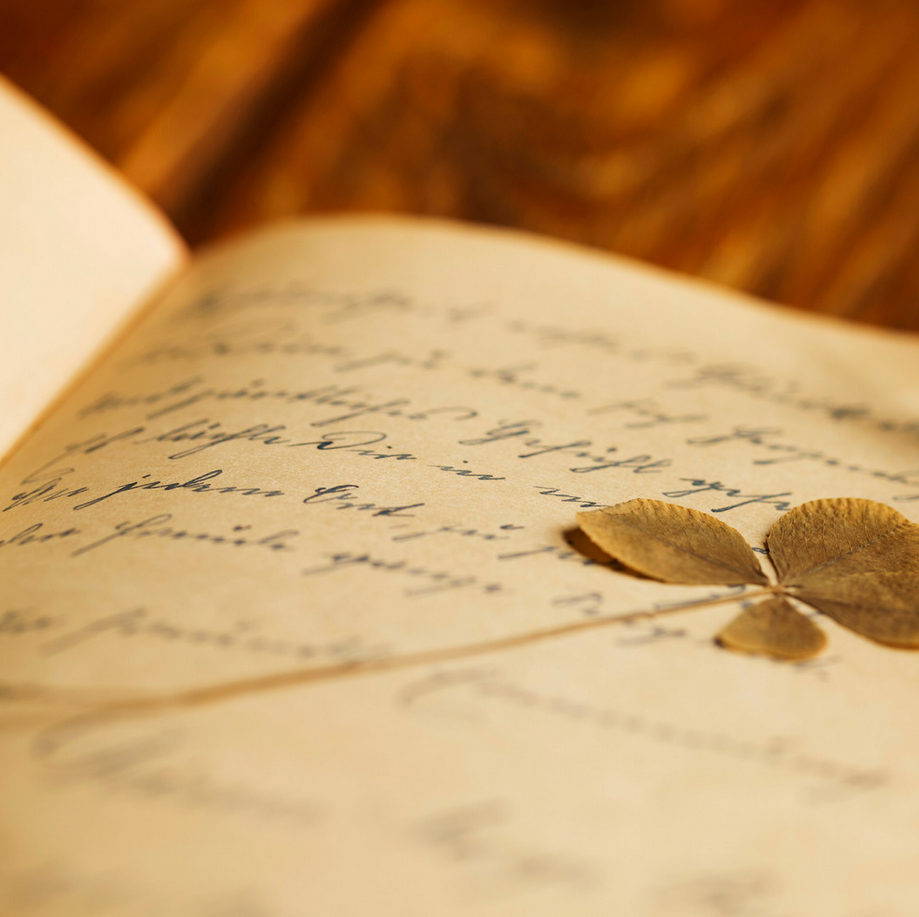
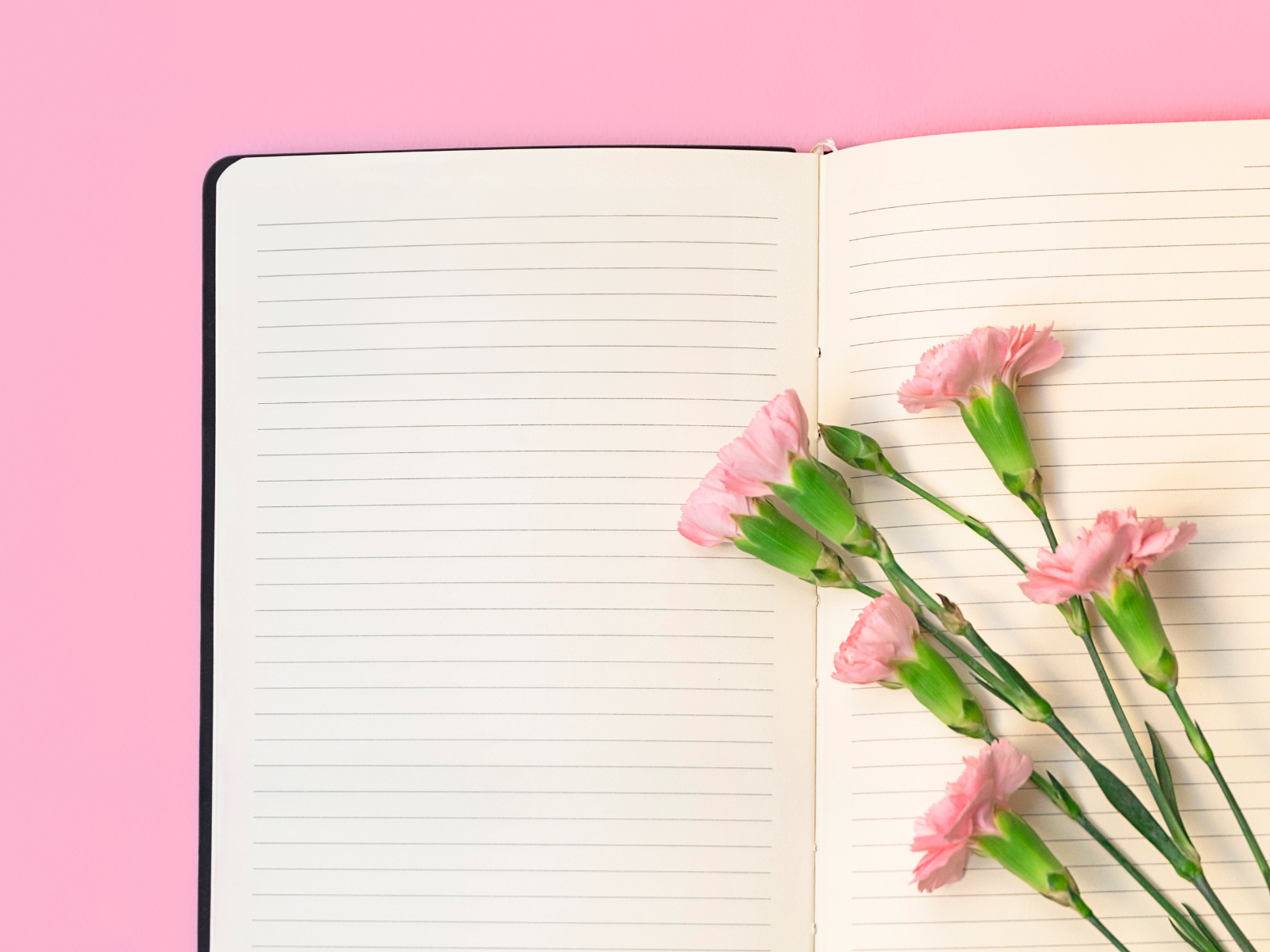

Eager to write some poetry? Check out Ana Neu's video!
Want even more content about creativity and art?
Be sure to check out all of our creative chronicles!
Love writing and poetry? Considering creating your own written masterpieces?
Check out some of our other articles and poems:
-How to tell if something is poetry?

